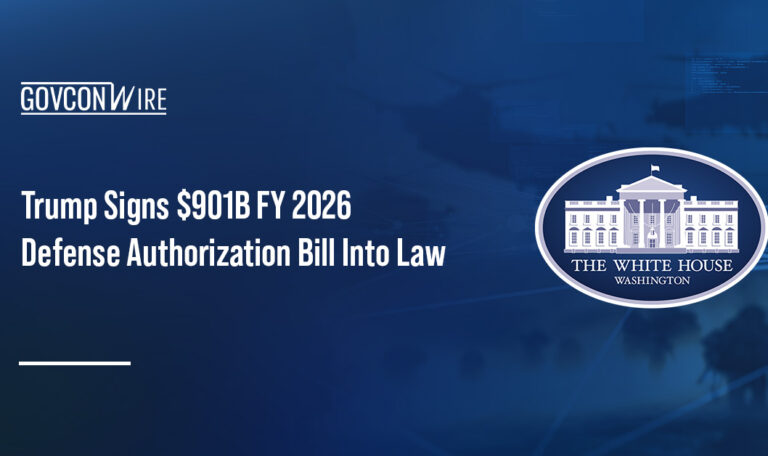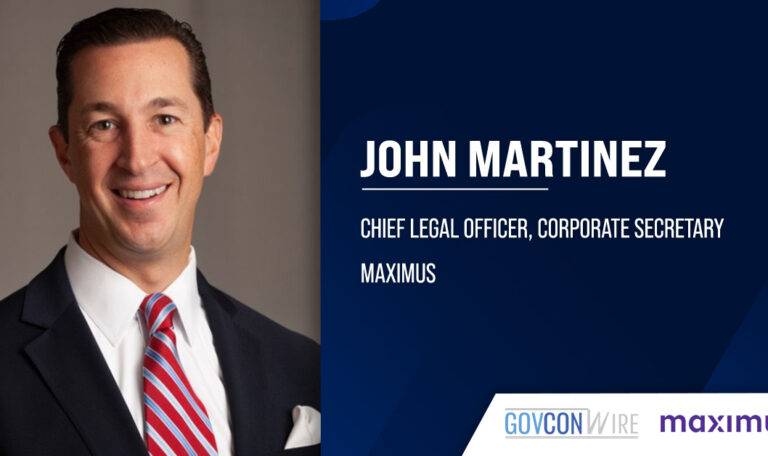Alan Chvotkin, a partner at government contracts law firm Nichols Liu, published his latest article as a part of Executive Mosaic’s GovCon Expert program on Thursday.
In his latest featured article, GovCon Expert Alan Chvotkin explores the conflicts of interest that continue to be involved in the federal acquisition regulation process as well as how the federal sector is working to stretch the limits of the rules, and a preview of the policy changes to come.
You can read Alan Chvotkin’s full GovCon Expert article below:
Stretching the Limits of FAR OCI Rules
By GovCon Expert Alan Chvotkin
The Federal Acquisition Regulation (FAR) has included coverage on organizational conflicts of interest (OCI) since its inception. Today, an OCI is defined in FAR 2.101 by three prongs. The first prong of this definition requires that the agency defines the nature of the activities or relationship that will impinge on the performance required by the instant (or group of) contract(s). It is only this first prong of the definition that is the subject of this commentary.
Several pages of coverage in FAR Subpart 9.5 outline the general rules and procedures for agencies to identify, evaluate and resolve an OCI. However, while FAR 9.5 addresses creating solicitation provisions and contract clauses to highlight and ad–dress potential issues appropriate to the nature of the actual or perceived OCI, the FAR has never, appropriately in my view, had a standard (FAR Part 52) solicitation provision or contract clause because the nature of the OCI is dependent on the facts and circumstances of each agency procurement.
When a buying agency is concerned about a potential conflict of interest, it is required to tailor a specific solicitation and contract clause appropriate to the work at hand. Thus, the FAR puts the responsibility on the buying agency to identify what work called for under the current solicitation (and resulting contract) would give rise to a current or future (but never a past) conflict of interest.
It is only after the agency has made that identification can the solicitation then require a bidding contractor to identify whether their “other activities or relationships” preclude the bidder from rendering impartial assistance or advice and, if desired by the agency, to propose a mitigation/avoidance plan for such potential conflict of interest. If the contractor does have an OCI that cannot be mitigated or avoided, the government may choose to waive the identified conflict.
There is an extensive litany of Government Accountability Office (GAO) decisions interpreting and applying the FAR OCI provisions. Many of the early GAO decisions addressed the contours of the three prongs in the definition. More recently, many of these GAO OCI cases properly focused on the buying agency’s behavior.
There have been very few regulatory initiatives to further address these matters in the FAR. The most significant was a FAR proposed rule, published on April 26, 2011 (eleven years ago!); in it, DoD, GSA, and NASA proposed to amend the FAR to revise regulatory coverage on organizational conflicts of interest (OCI) and provide additional coverage regarding contractor access to nonpublic information. But on March 19, 2022, the FAR Council withdrew the proposed rule without further action.
Pending Legislation
The application of the OCI rules is also highlighted in pending legislation. On March 23, 2022, four United States Senators – two Democrats and two Republicans – introduced S. 3905, the “Preventing Organizational Conflicts of Interest in Federal Acquisition Act.”
The legislation was introduced “to help identify and mitigate potential conflicts of interest between taxpayer-funded projects and government contractors’ other business opportunities,” the sponsors said in a March 28, 2022 press release. On May 27, 2022, an identical bill was introduced in the U.S. House of Representatives by Congresswoman Carolyn Maloney (D-NY), chair of the House Oversight Committee; there has been no further action on this House legislation.
The Senate bill was amended and approved by the Senate Homeland Security and Governmental Affairs on May 25, 2022; the amended version is an improvement over the introduced version although it is still vague on the outcomes to be achieved. It is awaiting future action by the United States Senate and additional amendments to the committee-reported are likely to be offered; one such amendment may be offered by Senator Hassan (D-NH) relating to company compliance actions and penalties for non-compliance, as she previewed during the committee markup.
In addition, on April 13, 2022, the House Oversight Committee released a 52-page interim majority staff report titled “The Firm and the FDA: McKinsey & Company’s Conflicts of Interest at the Heart of the Opioid Epidemic.”
The report asserts that “McKinsey had significant and long-running conflicts of interest due to its overlapping and conflicting work for FDA and opioid manufacturers,” and that McKinsey’s conduct raises significant questions about the lack of regulation over consulting companies that advise both the federal government and private sector clients.”
The report addresses the FAR provisions on OCI, and acknowledges that the FDA included a generic OCI clause in many of the McKinsey contracts, but faulted McKinsey for failing to make disclosures to the FDA regarding these “conflicting activities.”
So What?
Appropriately, the FAR has placed the initial responsibility on the buying activity and its purchasing contracting officer to identify what areas of contractor activity would give rise to the agency’s concern about an organizational conflict of interest.
Once the contractor responds to that concern, it is incumbent on the agency to evaluate the risk and offered mitigation factors before making a source selection decision. Suggestions that agencies skip that first step – or shift the responsibility to future offerors or to current contractors to speculate on whether its actions do, or should, raise a concern with an agency – create untenable positions for both agencies and contractors.
Improvements can certainly be made in the current FAR coverage. For example, the acquisition community would benefit from updated FAR OCI examples based on what the government now buys (e.g. solutions, not simply products or services) and how the government now buys (e.g. through multiple-award IDIQ contracts).
But before launching into unchartered territory, it is worth Congress and the FAR principals, including the Office of Federal Procurement Policy, engage contracting agencies, contractor representatives, and the legal community in a robust discussion of the FAR’s current and future OCI policy and practice.















